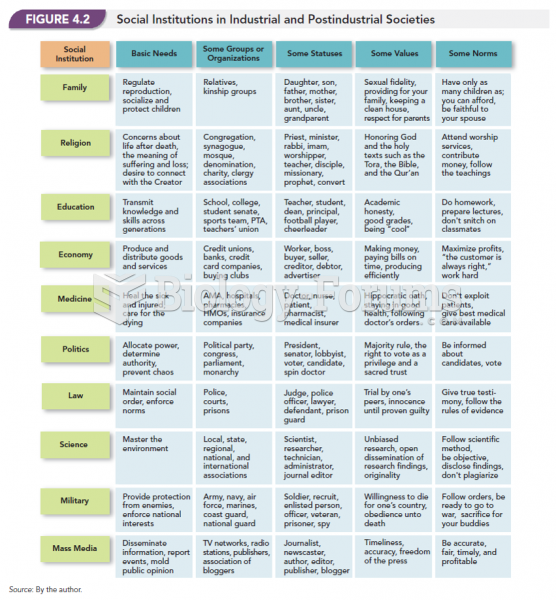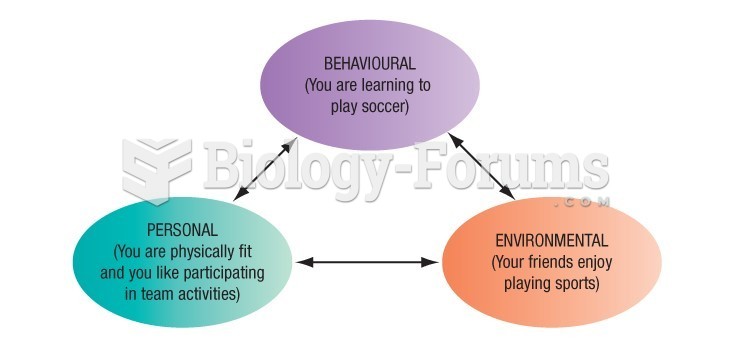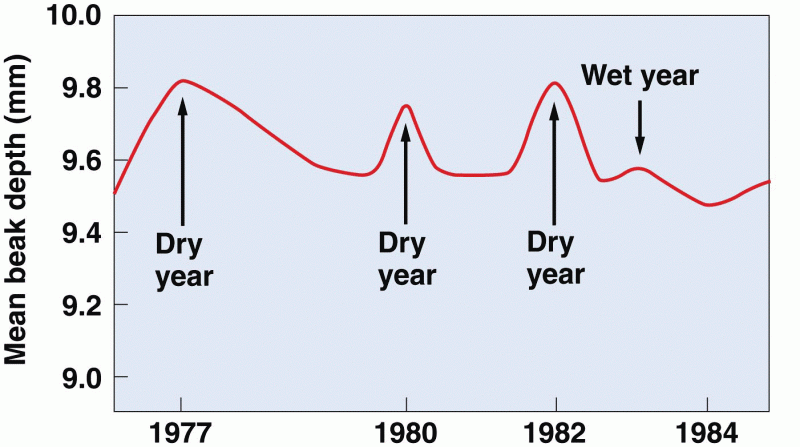|
|
|
Did you know?
Illicit drug use costs the United States approximately $181 billion every year.
Did you know?
Approximately one in three babies in the United States is now delivered by cesarean section. The number of cesarean sections in the United States has risen 46% since 1996.
Did you know?
After a vasectomy, it takes about 12 ejaculations to clear out sperm that were already beyond the blocked area.
Did you know?
The FDA recognizes 118 routes of administration.
Did you know?
The immune system needs 9.5 hours of sleep in total darkness to recharge completely.







